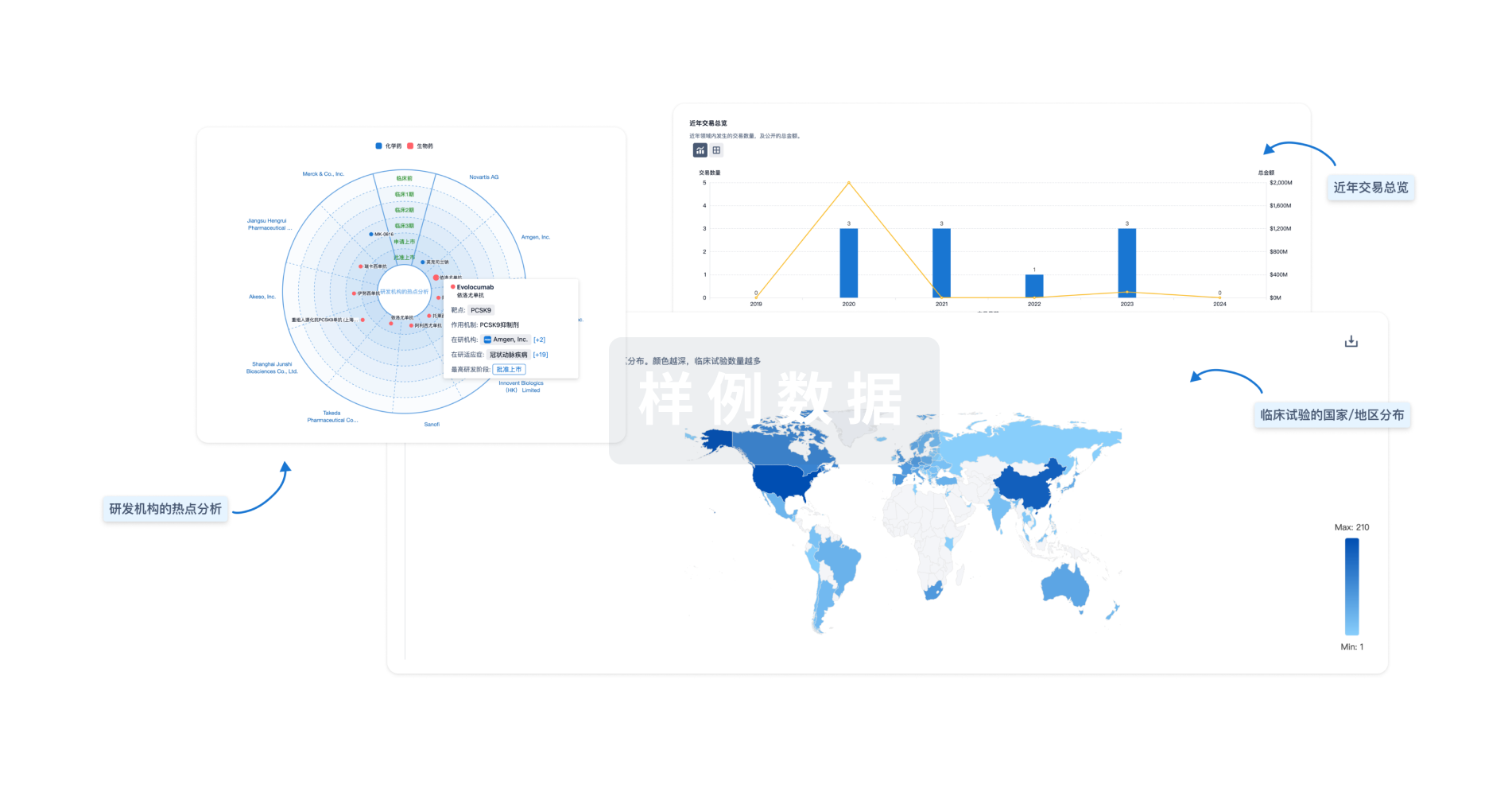预约演示
更新于:2025-05-07
TRIM58
更新于:2025-05-07
基本信息
别名 BIA2、E3 ubiquitin-protein ligase TRIM58、Protein BIA2 + [4] |
简介 E3 ubiquitin ligase induced during late erythropoiesis. Directly binds and ubiquitinates the intermediate chain of the microtubule motor dynein (DYNC1LI1/DYNC1LI2), stimulating the degradation of the dynein holoprotein complex. May participate in the erythroblast enucleation process through regulation of nuclear polarization. |
关联
1
项与 TRIM58 相关的药物靶点 |
作用机制 TRIM58 inhibitors |
在研适应症 |
非在研适应症- |
最高研发阶段临床前 |
首次获批国家/地区- |
首次获批日期1800-01-20 |
100 项与 TRIM58 相关的临床结果
登录后查看更多信息
100 项与 TRIM58 相关的转化医学
登录后查看更多信息
0 项与 TRIM58 相关的专利(医药)
登录后查看更多信息
65
项与 TRIM58 相关的文献(医药)2025-05-01·Travel Medicine and Infectious Disease
Transcriptomic analysis of chronic chikungunya in the Reunionese CHIKGene cohort uncovers a shift in gene expression more than 10 years after infection
Article
作者: Meyniel, Jean-Philippe ; Medina-Santos, Raissa ; Savara, Jakub ; Noirel, Josselin ; Cornet, Clémence ; Hocini, Hakim ; Ah-You, Nathalie ; Gérardin, Patrick ; Lefebvre, Cécile ; Maillot, Adrien ; Labib, Taoufik ; Payet, Christine ; El Jahrani, Nora ; Zagury, Jean-François ; Mussard, Corinne ; Rahmouni, Myriam ; Fontaine, Christine ; Porcherat, Sylvaine ; Le Clerc, Sigrid ; Marimoutou, Catherine ; Spadoni, Jean-Louis ; Bruneau, Léa ; Mathew, Mano Joseph ; Medjane, Samir ; Chabert, Cécile
2025-03-01·Anti-Cancer Drugs
Comprehensive analysis of DNA methylation and gene expression to identify tumor suppressor genes reactivated by MLN4924 in acute myeloid leukemia
Article
作者: Liu, Bei ; Jian, Jinli ; Zhao, Long ; Tang, Xiao ; Guo, Yuancheng
2025-01-01·Journal of Biological Chemistry
Redirecting E3 ubiquitin ligases for targeted protein degradation with heterologous recognition domains
Article
作者: Orkin, Stuart H ; Yang, Huan ; Alshaye, Alia ; Li, Grace Y ; Zheng, Ge
分析
对领域进行一次全面的分析。
登录
或

Eureka LS:
全新生物医药AI Agent 覆盖科研全链路,让突破性发现快人一步
立即开始免费试用!
智慧芽新药情报库是智慧芽专为生命科学人士构建的基于AI的创新药情报平台,助您全方位提升您的研发与决策效率。
立即开始数据试用!
智慧芽新药库数据也通过智慧芽数据服务平台,以API或者数据包形式对外开放,助您更加充分利用智慧芽新药情报信息。
生物序列数据库
生物药研发创新
免费使用
化学结构数据库
小分子化药研发创新
免费使用
